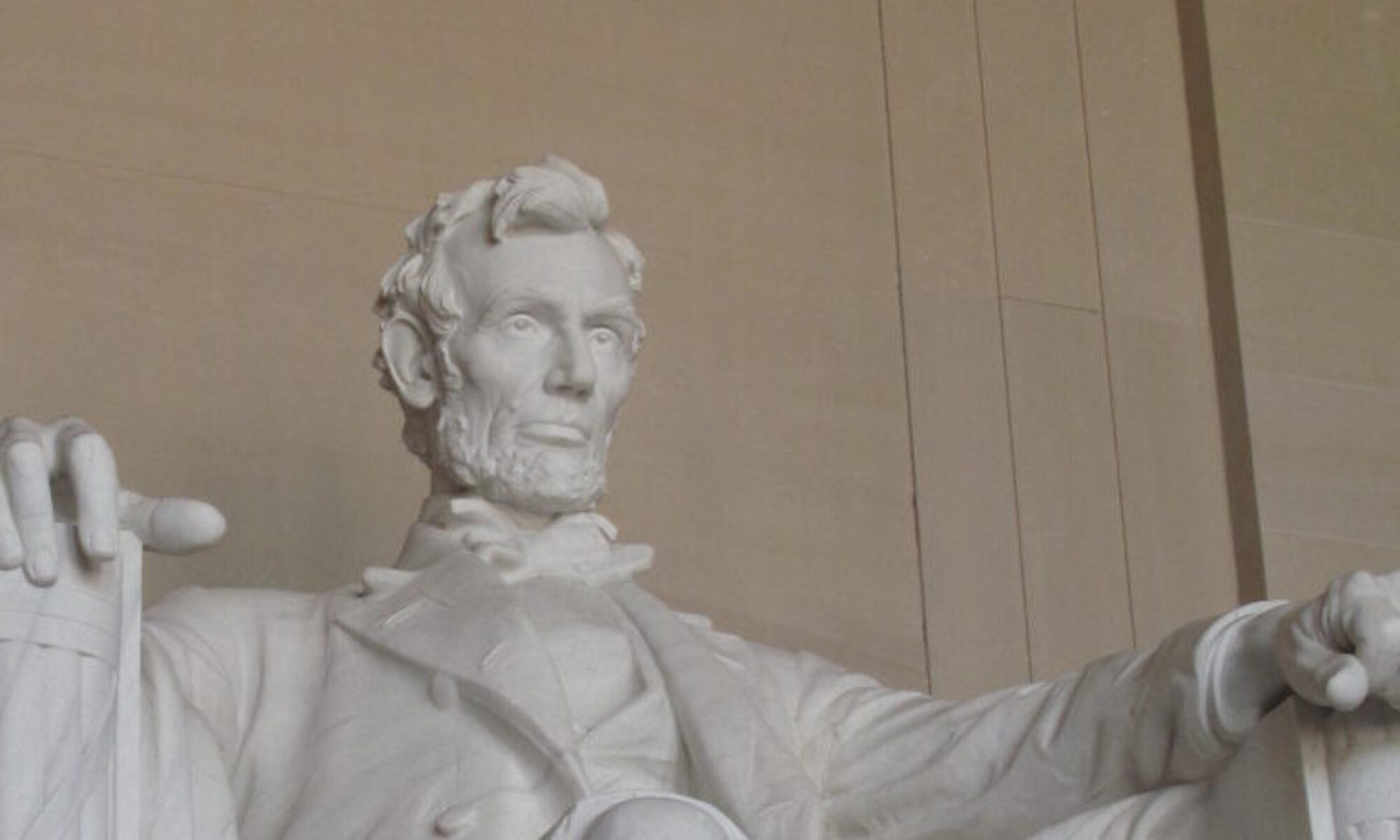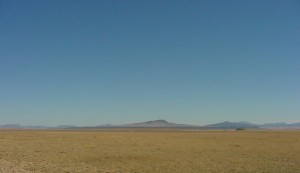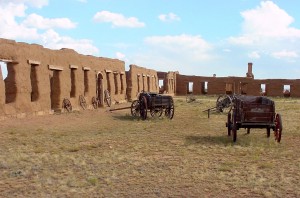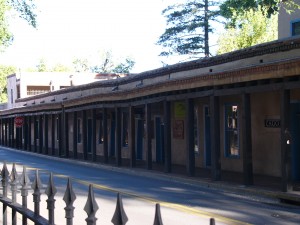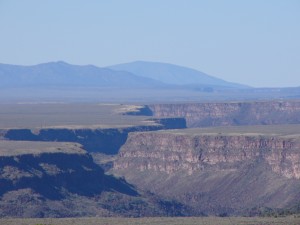At the base of the majestic Sangre de Cristo mountains lies a small town with a history as big as the vistas of the ancient inland sea that lies before it. The Spanish explorer Coronado was searching for the mystical Seven Cities of Gold in the vast southwest corner of the North American continent, but stumbled instead upon small collections of humanity the Spanish referred to as pueblos. These aboriginal people traced their scattered lines of ancestry back to the Anasazi, the great nomads that had inhabited the area with the retraction of the great glacier mass at the end of the last ice age. The humble adobe dwellings did nothing to reduce the Spanairds’ interest in territory, however, and this area among others was incorporated into a massive New World empire formed by the Iberians with its capitol the former home of the Aztec race, Tenochtitla’n, renamed by the conquerors Ciudad de Mexico. Before long the value of lines of communication with the northern outposts brought the development of the Camino de Real, with a spoke of the trade road brought to the base of the Sangre de Cristo mountains, to the front door of the Tewa Pueblo.
In 1610, the royal governor, Don Pedro de Peralta based his territorial capital proximant to the Tewa Pueblo, and renamed the new city, Villa Real de la Santa Fe’ de San Francisco de Asis, soon known as Santa Fe. His Palace of the Governors still stands and is a working building to this day. The heavy hand of the Spanish proved too much to bear, and a violent uprising by the Pueblo people led to the abandonment of the city by the Spanish from 1680 until 1692. Don Diego de Vargas brought the Spaniards back in 1692 in a “peaceful” rapprochement with the natives, which led to 130 years of quiet but uneasy co-existence. This would prove undisturbed until a new competitor nation with an aggressive President Jefferson, bought the Louisiana Purchase from France and turned its young eyes to the great western expanse of the continent.
It did not take the new American nation long to discover the strategic value of the little hamlet of Santa Fe. The explorer Zebulon Pike in 1806, along with defining the southern extension of the Louisiana Purchase, managed to find the northern extension of the New Spain, and spent a little time in a jail in Santa Fe for his efforts. Upon release, he reported a bustling commerce at Santa Fe that possibly would provide a trade door for American goods. It would take until 1821, when a trader named William Becknell, established a feasible trade route to Santa Fe and established what would become known as the Santa Fe Trail. From 1821 until 1880, when the railroads finally overtook the capacity of the oxcart, a caravan of wagons annually travelled from Franklin, Missouri (modern Kansas City) along a difficult six week journey across the inland ocean of plainsgrass to Santa Fe. The hazards and romance of this voyage are beautifully described in the diaries of Susan Shelby Magoffin, who travelled the route at its height in 1846-47.
The expansionist pull of the American nation to the Pacific shore and the Rio Grande inevitably led to the tensions with Mexico that led to war, and in 1846, General Stephen Kearny lead American troops permanently into the New Mexico territory and established the territorial capital in Santa Fe. With the trains in the 1880’s came growth, and the new American state of New Mexico joined the union in 1912, with Santa Fe its capital.
I have visited this little city many times in my life, and have never failed to feel its history as much as anywhere I have stood in this great nation. Happy 400th Birthday, Santa Fe, New Mexico.
